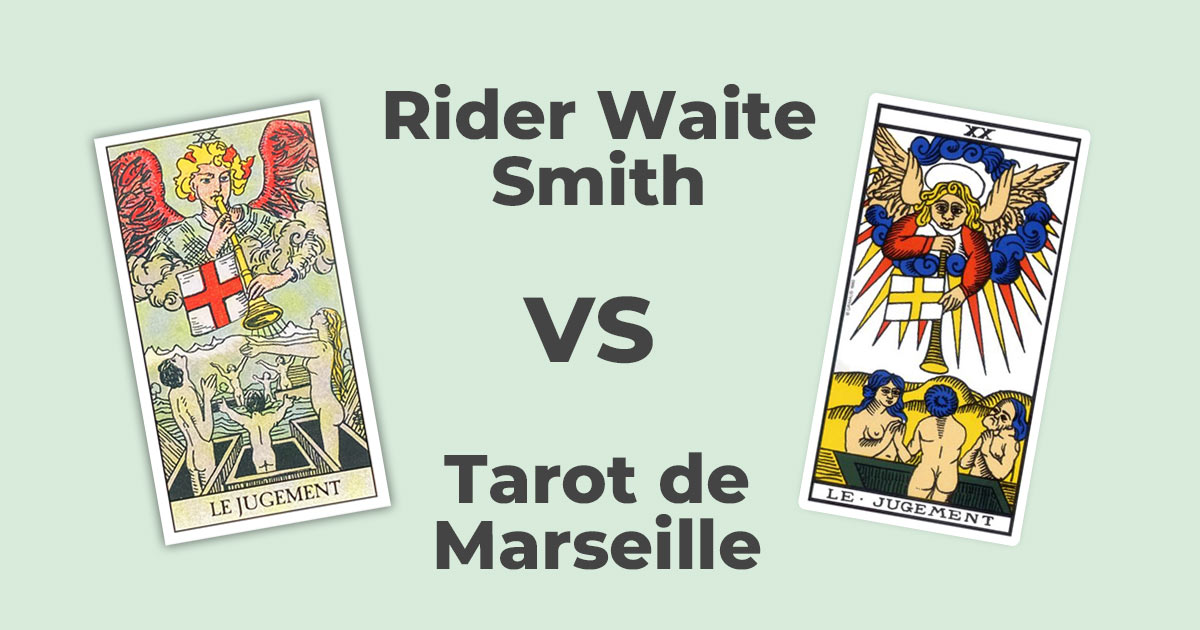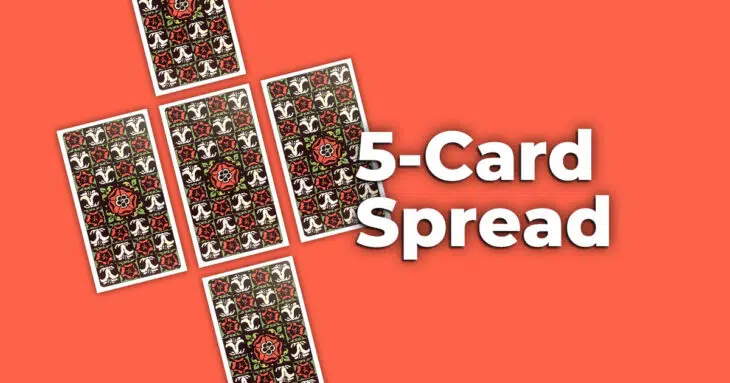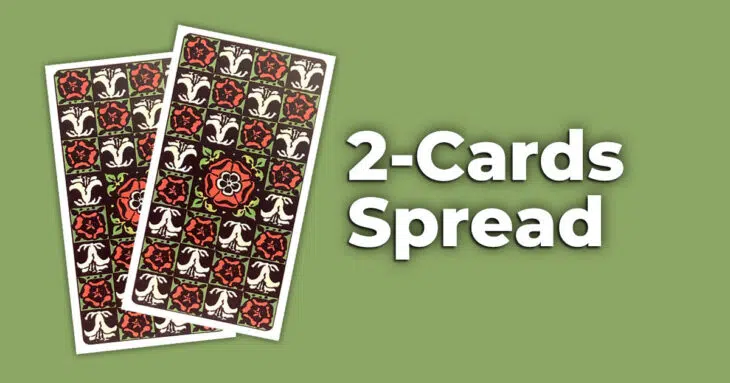Learn how to make a 5 card cross spread: methodology, detailed steps & practical advice.
Tarot Rider Waite Smith or Tarot de Marseille: which to choose for beginners or advanced practitioners?

The Rider Waite Smith Tarot and the Tarot de Marseille are the two most popular decks in the world of fortune-telling. Whether you’re new to tarot or already an experienced practitioner, it’s natural to ask yourself this question: which tarot deck should you choose for your draws, training or consultations? Each deck has its own particularities, strengths and symbolic universe. Discover the differences, advantages and uses of each deck in this comparative article, so you can make an informed choice.
Tarot de Marseille: tradition, structure and refined symbolism
An ancient tarot with European roots
The Tarot de Marseille is one of the oldest known tarot decks, used for centuries in Europe for divination. Its structure is based on 78 cards (22 major and 56 minor arcana), with a sober, codified iconography. It relies heavily on numerological, astrological and esoteric codes, and remains the preferred choice of purists and lovers of ancient traditions.
Iconography and interpretation
Major arcana: powerful, universal symbols, often without superfluous decoration.
Minor arcana: abstract representations (wandles, swords, pentacles, cups), without illustrated scenes.
This can make reading them more intellectual and analytical, especially for beginners, as the minor arcana require a good knowledge of the symbols.
Tarot Rider Waite Smith: a visual and intuitive tool
A modern, accessible tarot deck
Created in the early 20th century by Arthur Edward Waite and illustrated by Pamela Colman Smith, the Rider Waite Smith (RWS) Tarot is today the most widely used tarot in the world. It has popularized a more visual, intuitive and psychological approach to tarot..
Rich scenes for each card
Each card, including the minor arcana, is illustrated with a symbolic scene.
These images facilitate intuition, associations and interpretation for beginners.
The Rider Waite Tarot is often recommended as a first deck for learning to draw cards, as its detailed illustrations speak directly to the imagination.
Comparison: Rider Waite Smith vs Tarot de Marseille
| Rider Waite Smith Tarot | Tarot de Marseille | |
| Origin | 20th century, England | Ancient, French/European tradition |
| Accessibility | Very accessible for beginners | Less intuitive for novices |
| Illustration of minors | Detailed, symbolic scenes | Simple symbols (wandles, cups, etc.) |
| Reading style | Traditional, esoteric, analytical | Intuitive, psychological |
| Current popularity | Very widespread worldwide | Strong roots in French-speaking Europe |
| Use in personal development | Recommended | More prediction- and structure-oriented |
Which tarot is right for you?
- If you’re new to tarot: The Rider Waite Smith Tarot is ideal for learning the basics, making intuitive draws and letting yourself be guided by the images.
- You like symbolic rigor: The Tarot de Marseille offers esoteric depth and a more methodical reading, perfect for aficionados of occult traditions.
- You’re sensitive to visual art: The Rider Waite Smith will stimulate your imagination with its telling illustrations.
- If you’re looking for a more analytical reading style, Le Tarot de Marseille offers a more structured and focused approach.
Can I use both tarot cards?
Absolutely! Many tarot readers use both, depending on the type of reading, the questions asked or the consultant’s profile. There is no right or wrong tarot, only the one that resonates with you at a given moment. Feel free to explore both to develop your own approach.
Rider Waite or Marseille? Follow your intuition
The choice between the Rider Waite Smith Tarot and the Tarot de Marseille depends on your style, your sensibility and what you’re looking for in tarot practice. For a visual, intuitive and modern approach, choose the Rider Waite. For a structured, traditional and symbolic reading, choose the Marseille.
The most important thing is to feel at ease with your deck, which will accompany you in your divinatory or introspective practice.

